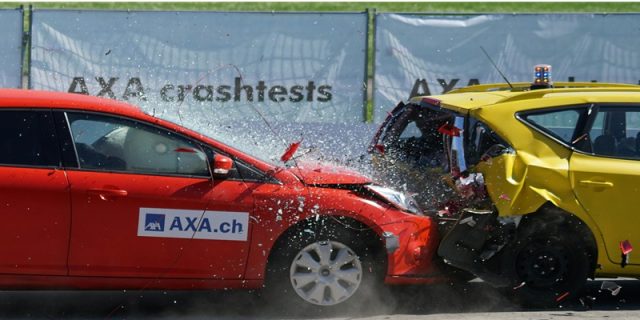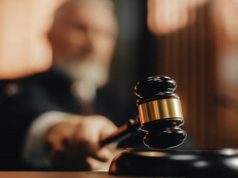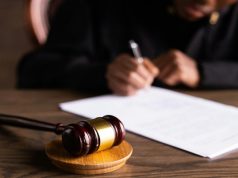Pedestrian accidents in New York can cause severe injuries and complicated legal issues. Determining who is responsible for such accidents is crucial for obtaining compensation. Liability in these cases depends on things like traffic laws, driver behavior, and pedestrian behavior. Understanding how liability is determined helps victims know their rights and which steps to pursue. This article will explore the legal framework surrounding pedestrian accidents in New York and explain how responsibility is assigned. It will also cover the role of insurance and what victims should do after an accident.
Traffic Laws and Liability
In New York, traffic laws play a significant role in determining liability in pedestrian accidents. Drivers are required to yield to pedestrians in crosswalks and must exercise due care to avoid hitting pedestrians. If a driver violates these laws, they are often found liable for the accident. However, pedestrians also have responsibilities. They must obey traffic signals and not suddenly leave a curb or other place of safety. If a pedestrian is found to be jaywalking or acting recklessly, they may share some of the blame. The application of these laws helps establish fault and ensures that victims receive fair compensation.
Driver Negligence
Driver negligence is a common cause of pedestrian accidents. This can include distracted driving, speeding, running red lights, or failing to yield at crosswalks. When a driver is found negligent, they are typically held liable for the accident. Evidence like witness statements, traffic camera footage, and police reports can help prove negligence. Victims of these accidents might get compensation for medical bills, lost wages, and pain and suffering. It’s essential for drivers to remain attentive and follow traffic rules to prevent these tragic incidents.
Pedestrian Behavior
While drivers have a duty to avoid hitting pedestrians, pedestrians must also act responsibly. Walking against traffic signals, crossing streets outside of crosswalks, and not paying attention to their surroundings can lead to accidents. In cases where pedestrian behavior contributed to the accident, liability may be shared. Comparative negligence laws in New York allow for a pedestrian’s compensation to be reduced by the percentage of fault. For example, if a pedestrian is found to be 30% at fault, their compensation would be reduced by 30%. This system ensures everyone is fully accountable for their actions.
Role of Insurance
Insurance plays a crucial role in pedestrian accident cases. New York is a no-fault state, meaning that a pedestrian’s own insurance may cover medical expenses regardless of who was at fault. However, if the injuries are severe, the victim can file a lawsuit against the driver for additional compensation. The driver’s insurance will typically cover damages up to the policy limits. It’s important for victims to understand their insurance policies and seek legal advice to navigate these claims effectively. Adequate insurance coverage can provide financial relief and support recovery.
Steps to Take After an Accident
After a pedestrian accident, immediate steps are necessary to protect one’s rights and health. The first priority is to seek medical attention, even if injuries seem minor. Tell the police about the accident and get a copy of the report. Gathering evidence, such as taking photos of the scene and collecting contact information from witnesses, can support a future claim. Victims should also inform their insurance company promptly. Consulting with a personal injury attorney can provide guidance and ensure that all legal avenues are explored. Taking these steps can significantly impact the outcome of a compensation claim.
Pedestrian accidents in New York are often caused by a combination of traffic laws, careless drivers, and pedestrians’ actions. Determining liability requires careful examination of these factors to ensure fair compensation. Both drivers and pedestrians have duties that, when neglected, can lead to serious accidents. Insurance and legal steps play vital roles in securing justice for victims. Understanding these aspects is essential for anyone involved in or affected by pedestrian accidents. By being informed, individuals can better protect their rights and navigate the aftermath of such incidents effectively.
Read More: What is a Deer’s Life Span?





